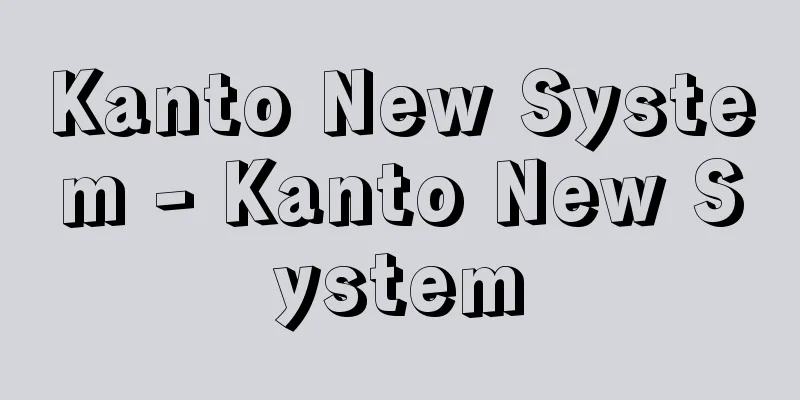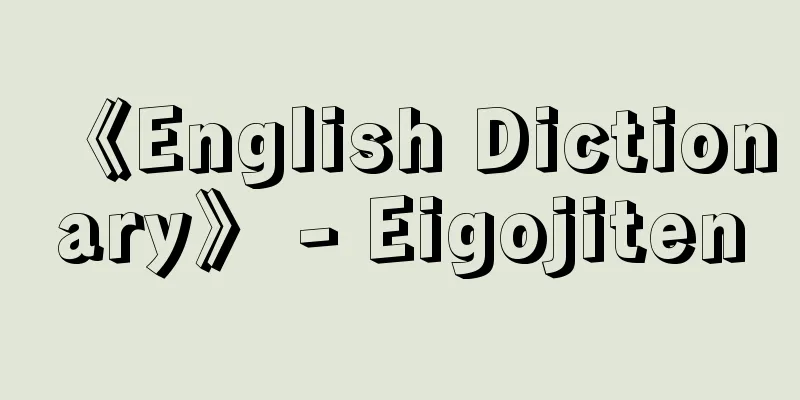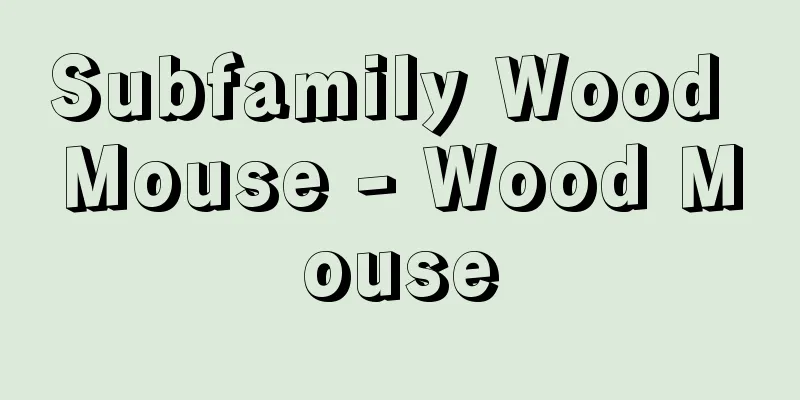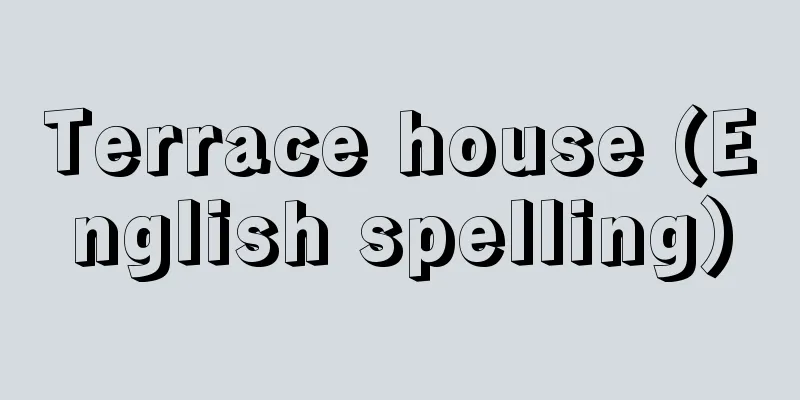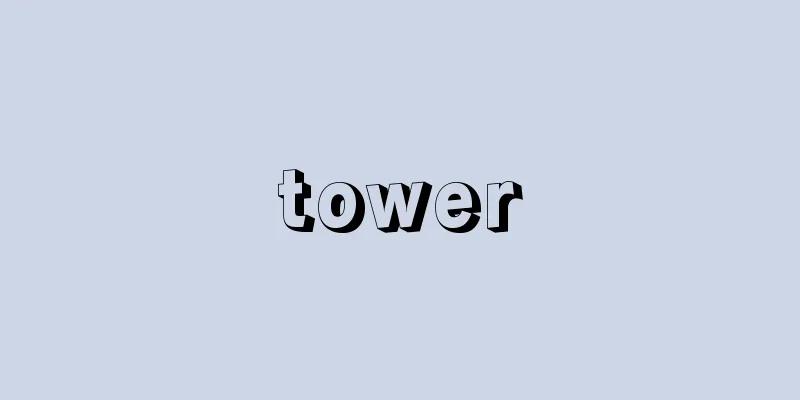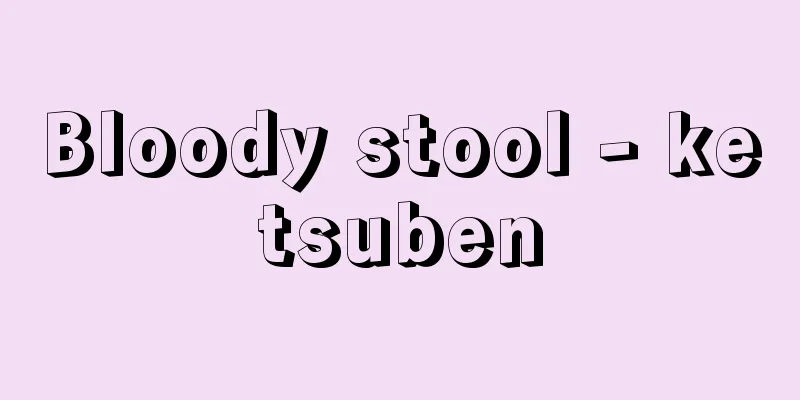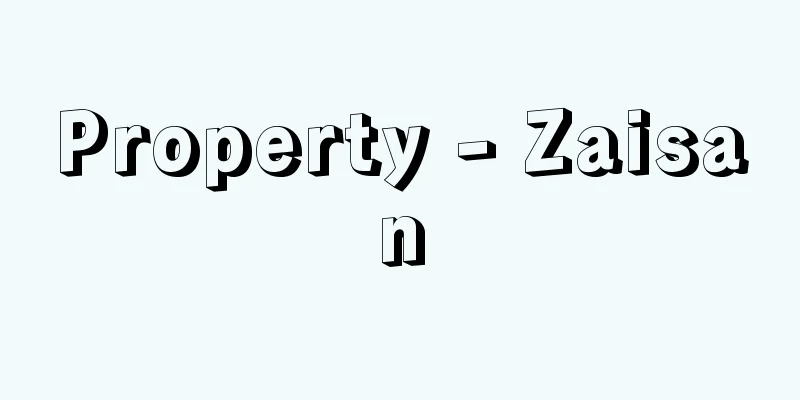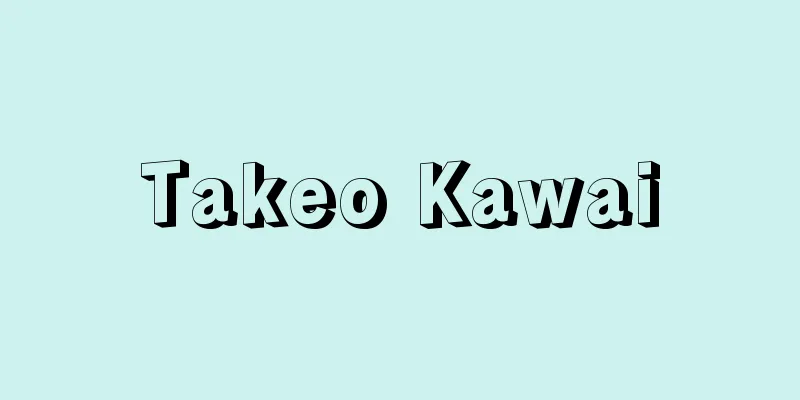Russia
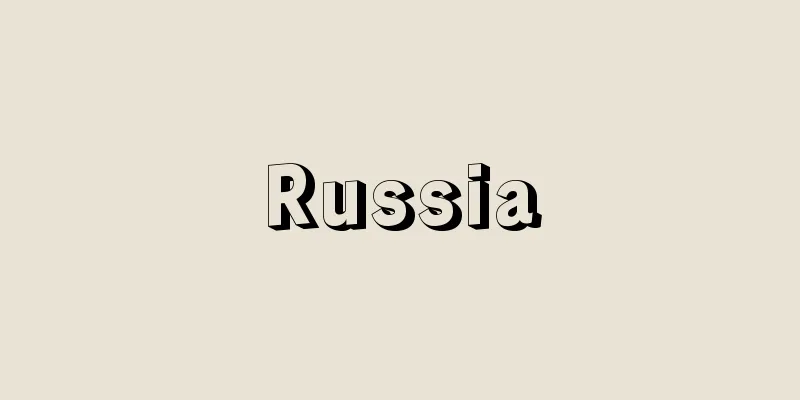
|
◎Official name: Rossiiskaya Federatsiya/Russian Federation. ◎Area: 17,075,400 km2 . ◎Population: 143,670,000 (2014). ◎Capital: Moscow (11,500,000, 2010). ◎Residents: 79.8% Russian, 3.8% Tatar, 2.0% Ukrainian, etc. ◎Religion: Mostly Russian Orthodox. Others include Islam and Buddhism. ◎Languages: Russian (official language), and other ethnic languages. ◎Currency: Ruble (Rubl'). ◎Head of state: President, Vladimir Vladimirovich Putin (born 1952, inaugurated May 2012, four-year term). ◎Prime Minister: Dmitry Anatolyevich Medvedev (born 1965, inaugurated May 2012). ◎Constitution: came into force in December 1993. ◎Parliament: bicameral. The Senate (federal parliament. Capacity: 166 members. Half are appointed by the heads of the 83 federal constituent regions, the other half are elected by each parliament), the Lower House (State Duma. Capacity: 450 members, five-year term. Fully proportional representation system). Results of the Lower House elections in December 2011: United Russia 238, Communist Party 92, Fair Russia 64, Liberal Democratic Party 56, etc. ◎GDP - $1.6078 trillion (2008). ◎GNI per capita - $5,780 (2006). ◎Proportion of workers employed in agriculture, forestry, and fishing - 9.7% (2003). ◎Average life expectancy - 64.6 years for men, 75.9 years for women (2012). ◎Infant mortality rate - 9‰ (2010). ◎Literacy rate - 99.7% (2010). * *A federal republic occupying the northern part of the Eurasian continent. During the Soviet era, Russia was the central republic, covering the area from the Baltic coast in the west to the Far East, and accounting for over 76% of the former Soviet Union in terms of area and about 55% of the population. It consists of 21 republics, 1 autonomous oblast, 4 autonomous districts, 9 regions, 46 oblasts, and 2 directly-administered municipalities (Moscow and St. Petersburg). The largest ethnic group is the Slavic Russian, but there are more than 100 ethnic groups living there, including Ukrainians, Belarusians (White Russians), Turkish Uzbeks, and minority groups from Siberia and the Far East. Even after the constituent republics of the Soviet Union separated and became independent, Russia remains a multi-ethnic nation. [Nature and Climate] The country stretches about 11,000 km from east to west and about 4,000 km from north to south, spanning Eastern Europe, Central Asia, and Northern Asia, and to the north it faces the North American continent across the Arctic Ocean. The European part west of the Ural Mountains is the East European Plain, bounded by the Baltic Sea, the Carpathian Mountains, the Black Sea, the Caucasus Mountains, and the Caspian Sea, through which the Dnieper, Don, and Volga rivers flow. East of the Ural Mountains to the Yenisei River is the West Siberian Lowland, with the Ob River flowing through the center and many marshes. To the east of that, to the Lena River, is the Central Siberian Highland, with the Sayan Mountains, Baikal Mountains, Chersky Mountains, Kolyma Mountains, and Sikhote-Alin Mountains forming mountainous areas in the south. The climate is generally continental, but there are significant regional differences, from the relatively mild climate of southern European Russia to Oymyakon in Eastern Siberia, which is said to be the coldest place in the world. Roughly speaking, taiga and steppe are distributed in a belt-like pattern from the tundra of the Arctic coast to the south. [Natural Resources and Industrial Areas] The vast country is rich in resources, and the Volga-Ural oil field, Tyumen oil field, Yakutsk natural gas field, and Sakhalin oil field are important for oil and natural gas, and Russia, along with Saudi Arabia, has the world's largest crude oil reserves. Siberian coalfields such as the Kuznetsk coalfield (Kuzbass) and Cherenkhovo coalfields are also essential. Minerals include iron ore in the Urals, copper, chromium, manganese, bauxite, uranium, and nickel, as well as gold in the Lena River basin and diamonds in the Sakha (Yakut) Republic. Hydroelectric power generation using long rivers is also thriving. The main industrial areas are the central industrial region centered on Moscow and St. Petersburg, the Volga industrial region, the Urals (Magnitogorsk, Ekaterinburg, Chelyabinsk, etc.), Kuznetsk, the Angara-Baikal industrial region, and the Far East industrial region (Khabarovsk, Vladivostok). Industrial development in Siberia was also rapid, but this has led to serious environmental problems, as seen in the pollution of the Norilsk area and Lake Baikal. [History] The most widely accepted theory is that the name Russia comes from the name of the East Slavic tribe Rus', who settled early in the Dnieper River basin. The first state, Kievan Rus', appeared in the 9th century, and after it was destroyed by the Mongol invasion in the 13th century, a period of feudal division continued. The Grand Duchy of Moscow was established in the first half of the 14th century, and by the end of the 15th century, it had broken the 250-year "Tatar yoke" (indirect rule by the Golden Horde), and in the mid-16th century, Ivan IV was the first to call himself Tsar (Emperor), and it grew into a centralized state. It was also in the early 16th century that the name "Russia" was created to replace "Russia". From the time of Peter I at the end of the 17th century, Russia became a great empire on a par with the Western European countries, solidifying its control over Siberia and expanding into Asia. After winning the Northern War and taking control of the Baltic coast, and after winning the Napoleonic Wars in the 19th century (see Moscow Expedition), Russia became the leading land power in Europe, pursuing a southward expansion policy toward the Balkans, the Caucasus, and the Middle East, and continuing to compete with the Western powers. On the other hand, from the 18th century onwards, Russia promoted modernization by introducing Western culture (see Western faction), and from the second half of the 19th century, a series of social reforms were carried out to rapidly develop capitalism. However, the revolutionary movement intensified due to the many remaining feudal relics and contradictions associated with capitalism. The revolution (Russian Revolution) that began in Petrograd, the capital of the Russian Empire, in 1917 quickly spread throughout the country. The newly established Soviet government had won the civil war and the war of intervention against the Soviet Union by 1921, and in 1922, the Union of Soviet Socialist Republics (USSR) was formed. Since then, the Soviet Union has played an important role in the international community as a world power, but the negative effects of the one-party dictatorship by the Communist Party (Communist Party of the Soviet Union) have gradually become apparent in various aspects. Gorbachev, who became Secretary-General of the Party in 1985, attempted to rebuild the Soviet Union under the slogan of perestroika, but he did not necessarily receive the full cooperation of the various republics, including his home country of Russia, and lost real power in an attempted coup by conservatives in August 1991. President Yeltsin of the Russian Republic, which had declared sovereignty in June 1990, took over the leadership from Gorbachev, and on December 21, 1991, the 11 republics formed the Commonwealth of Independent States (CIS), at which point the Soviet Union ceased to exist. The new name of the country was the Russian Federation, and Russia was made an equivalent name (Constitutional amendment in 1992). [Russian Federation politics and diplomacy] Russia emerged on the international stage as a great power, replacing the Soviet Union, but the various internal contradictions were worse than in the Soviet era, and the future was said to be difficult. It basically inherited the old Soviet Union's seat in the United Nations. The national flag reverted to the same white, blue, and red tricolor as before the revolution. In April 1991, during the Soviet era, the Congress of People's Deputies decided to introduce a presidential system to Russia, and the new constitution enacted in a national referendum in December 1993 strengthened the president's powers, allowing him to dissolve the parliament (lower house), announce a national referendum, and introduce a state of emergency. The Federal Assembly is the highest decision-making body and has a bicameral system, but the lower house (National Duma) is directly elected, and the upper house (Federal Assembly) is composed of the heads and parliamentary representatives of the 85 federal constituent entities such as republics and oblasts. Half of the seats in the lower house are elected by single-seat constituencies and half by proportional representation. New bodies were established to support the president: the Security Council and the Presidential Council; the latter is an advisory body mainly composed of scholars, while the former participates in the highest policy decisions. A new Constitutional Court was established in the judicial system, with the power to issue final, binding rulings of unconstitutionality. After the one-party communist system was abandoned in 1990, full-scale party elections were held in 1993 and 1995. More than 40 parties emerged in the latter elections, but the ruling party Our Home Russia, led by Prime Minister Chernomyrdin (dismissed in March 1998), struggled to make headway, while the Communist Party of Russia, which garnered dissatisfaction votes for the failure of economic reforms, rose to become the largest party, and Zhirinovsky's far-right Liberal Democratic Party also maintained its seats. The reformists were unable to unite, and while Yabloko, a moderate reformist party led by Yavlinsky, became the fourth largest party, the Democratic Choice of Russia, led by Gaidar, performed poorly. Overall, there was a reversion to conservatism. In the December 1999 lower house elections, the Communist Party barely came in first, but Prime Minister Putin's ruling party, Unity, made great strides, and the center-left party, Fatherland-All-Russia, led by former Prime Minister Primakov, put up a good fight but split up after the election. In the 2003 lower house elections, President Putin's ruling party, United Russia (a merger of Unity and Fatherland-All-Russia in December 2001), won a landslide victory, establishing a one-party system of dominance, while the Communist Party suffered a crushing defeat and the far-right Liberal Democratic Party made great strides. While cooperating with the West in diplomacy, Russia expressed concern over the expansion of NATO (North Atlantic Treaty Organization) into Eastern Europe, and even when joining the PFP (Pact for Cooperation for Peace), Russia demanded a "special status" as a major power, which it signed in May 1995. The idea of a joint military force of the CIS countries was abandoned in 1993 due to opposition to Russia-led military integration, and a basic agreement was reached with Ukraine in 1996 regarding the division of the Black Sea Fleet. In 1997, a federal system with Belarus was established. During this time, there was a conflict with the Chechen Republic in the North Caucasus, which claimed independence from Russia, and at the end of 1994, the Russian army invaded the country and took control of the capital, but Yeltsin's aggressive measures drew backlash both at home and abroad. An agreement was reached in 1996 with the new Chechen government to allow a five-year cooling-off period, but since the summer of 1999, the Russian army has launched an all-out offensive under the pretext of eliminating Islamic radicals. Putin, who became prime minister in August of that year, and others promoted this hard-line policy, gaining popularity in Russia. On December 31 of that year, President Yeltsin suddenly resigned with six months left in his term. Putin became acting president and won a landslide victory in the presidential election in March 2000. While his authoritarian nature, which aimed to govern through the "dictatorship of law," was criticized both at home and abroad, he gained the support of the people through stable economic growth and was re-elected in 2004. In 2008, Putin handed over the reins to Medvedev, and became leader of the ruling party, United Russia, and prime minister himself. Medvedev continued Putin's line, and in the 2012 presidential election, Putin ran for president, won, and appointed Medvedev as prime minister. This resulted in an unusually long-term dual-leadership for a democratic country, and drew criticism both at home and abroad. In response to the fact that the vote share in the presidential election was not as high as in the previous election, President Putin, in his third term, emphasized the preservation of Russia's national identity while emphasizing domestic policy, such as social reforms to address population, housing, and employment issues, electoral reform, and anti-corruption measures. In February 2014, the Yanukovych administration, which pursued pro-Russian policies in neighboring Ukraine, which is economically and militarily important to Russia in relation to EU countries and the United States, was toppled by protests from the opposition and citizens, and a pro-EU interim administration was established. In Crimea, Ukraine, where the majority of residents are ethnic Russian, a movement for independence for the Autonomous Republic of Crimea suddenly emerged, and Putin strongly supported this. In March of the same year, the Autonomous Republic of Crimea parliament and the Sevastopol city council adopted a declaration of independence, which received overwhelming support in a referendum, resulting in independence as the Republic of Crimea. Putin immediately signed a treaty to incorporate Crimea and the Special City of Sevastopol into Russian territory, declaring the annexation, and Russian troops effectively invaded the Crimean Peninsula. Furthermore, a large-scale clash occurred between the Russian-backed Russian armed forces in eastern Ukraine and the Ukrainian army. The Russian parliament fully supported Putin's response. Ukraine, the United Nations, EU countries, the United States, and others did not recognize the independence and annexation, claiming that it was a clear illegal act under international law that violated Ukraine's national sovereignty and territory, and the United States and EU countries imposed economic sanctions on Russia. Putin used his energy diplomacy as a trump card, cutting off gas supplies to Ukraine, which relies on Russian natural gas, as well as Eastern European countries in the EU, while strengthening ties with China, a superpower on par with the United States, to counter the sanctions from Western countries. He is conducting a shrewd diplomacy. However, there is no prospect of Western countries recognizing the clear violation of international law that is the annexation of Crimea, and the risk that the ``Ukrainian Crisis'' will develop into a new Cold War between the East and the West has not disappeared. [Economy] Due to the chaos that accompanied the transition to a market economy, the proportion of non-state-owned sectors in GDP rose to 70% in 1995, and ``mafia'' groups that seek profits became rampant. The "Mafia" continues to be a dark side of the Russian economy and society, exerting various negative effects both domestically and internationally. The decline in the ruble against the dollar has been relatively stable since the introduction of a semi-fixed exchange rate system that keeps the ruble within a target range since the latter half of 1995, and inflation has calmed down, but there are many difficulties in maintaining the guideline for aid to Russia (setting an upper limit on monthly average inflation) set by the International Monetary Fund (IMF), which Russia joined in 1992. Following the Asian currency crisis in 1997, Russia was hit by a currency and financial crisis in 1998, and the ruble was devalued by about half. Since 2001, the economy has continued to grow, backed by abundant resources such as oil and natural gas, and in 2006 it escaped from debtor status and attracted the world's attention as an emerging economic power. However, the 2008 global financial crisis and simultaneous recession dealt a heavy blow to the emerging conglomerates, and in 2008 GDP showed its first negative growth since 1999. In 2011, Russia's GDP recovered to pre-crisis levels, but in 2012, the economy has been at a standstill due to a slowdown in external demand caused by the European economy's sluggishness due to the euro crisis and other European debt problems, rising grain prices, and rising inflation rates due to increases in pension payments and minimum wages. Russia's main export, natural gas production, lost its top spot in the world due to the successful development of shale gas in the United States, and securing stable supplies to countries such as Japan has become the administration's biggest economic diplomacy challenge. In the Ukraine crisis that broke out in 2014, Western countries imposed economic sanctions, and if the crisis continues, further sanctions and a sharp decline in investment from overseas are expected, which will be a major economic blow to Russia, including the issue of exporting energy resources. In 2012, Russia joined the WTO. →Ukraine issue→Related topicsThe Monuments of the Troitse-Sergius Lavra in Sergiev Posad | Sochi Olympics (2014) | BRICs Source : Heibonsha Encyclopedia About MyPedia Information |
|
◎正式名称−ロシア連邦Rossiiskaya Federatsiya/Russian Federation。◎面積−1707万5400km2。◎人口−1億4367万人(2014)。◎首都−モスクワMoskva(1150万人,2010)。◎住民−ロシア人79.8%,タタール人3.8%,ウクライナ人2.0%など。◎宗教−ロシア正教が大半。ほかにイスラム,仏教など。◎言語−ロシア語(公用語),ほかに各民族語。◎通貨−ルーブルRubl'。◎元首−大統領,プーチンVladimir Vladimirovich Putin(1952年生れ,2012年5月就任,任期4年)。◎首相−メドベージェフDmitry Anatolyevich Medvedev(1965年生れ,2012年5月就任)。◎憲法−1993年12月発効。◎国会−二院制。上院(連邦議会。定員166。83の連邦構成体の首長が半数を任命,残りの半数は各議会による選出),下院(国家会議。定員450,任期5年。完全比例代表制)。2011年12月下院改選結果,統一ロシア238,共産党92,公正ロシア64,自由民主党56など。◎GDP−1兆6078億ドル(2008)。◎1人当りGNI−5780ドル(2006)。◎農林・漁業就業者比率−9.7%(2003)。◎平均寿命−男64.6歳,女75.9歳(2012)。◎乳児死亡率−9‰(2010)。◎識字率−99.7%(2010)。 * *ユーラシア大陸北部を占める連邦制の共和国。ソビエト連邦時代はその中心共和国で,西のバルト海岸から極東地方まで,面積で旧ソ連全土の76%以上,人口で約55%を占めた。21共和国,1自治州,4自治管区,9地方,46州,2直轄市(モスクワ,サンクト・ペテルブルク)からなる。最大の民族はスラブ系のロシア人であるが,ウクライナ人,ベラルーシ(白ロシア)人やトルコ系のウズベク人,あるいはシベリアや極東の少数民族など,100以上の民族が住む。ソ連の構成共和国が分離独立した後も,ロシアは依然として多民族国家である。〔自然・気候〕 国土は東西約1万1000km,南北約4000kmで,東ヨーロッパ,中央アジア,北アジアにまたがり,北は北極海を隔てて北米大陸に対する。ウラル山脈以西のヨーロッパ部分は,バルト海,カルパティア山脈,黒海,カフカス山脈,カスピ海によって画される東ヨーロッパ平原で,ドニエプル川,ドン川,ボルガ川などが流れる。ウラル山脈の東方,エニセイ川までの間は西シベリア低地で,中央をオビ川が流れ,湿地が多い。その東方,レナ川までの間が中央シベリア高地で,南部をサヤン山地,バイカル山脈,チェルスキー山脈,コリマ山脈,シホテ・アリン山脈などが山地を形成する。気候は一般的に大陸性だが,比較的温和な気候のヨーロッパ・ロシア南部から,世界の最寒地とされる東シベリアのオイミャコンまで,地域差が著しい。おおまかに区分すれば,北極海岸のツンドラから南方にタイガ,ステップが帯状に分布する。〔天然資源・工業地帯〕 広大な国土には豊かな資源が存在し,石油・天然ガスではボルガ・ウラル油田,チュメニ油田,ヤクーツク天然ガス田,サハリン油田などが重要で,ロシアはサウジアラビアと並び世界最大の原油埋蔵量を持つ。クズネツク炭田(クズバス)やチェレンホーボなどシベリアの炭田も欠かせない。鉱物ではウラルの鉄鉱をはじめ,銅・クロム・マンガン・ボーキサイト・ウラン・ニッケルなどを産し,レナ川流域の金やサハ(ヤクート)共和国のダイヤモンドも重要である。長大な河川による水力発電も盛ん。主要な工業地帯は,モスクワ,サンクト・ペテルブルクを中心とする中央工業地域,ボルガ工業地域,ウラル(マグニトゴルスク,エカチェリンブルグ,チェリャビンスクなど),クズネツク,アンガラ・バイカル工業地域,極東工業地域(ハバロフスク,ウラジオストク)などである。シベリアの工業開発も急速に進められたが,ノリリスク周辺やバイカル湖汚染に見られるように深刻な環境問題をもたらしている。〔歴史〕 ロシアの呼称の起源は早くドニエプル川支流域に定着した東スラブの一種族ルーシRus'に由来するという説が有力。9世紀に最初の国家たるキエフ・ロシアが現出し,13世紀モンゴル軍の侵攻でこれが滅ぼされて以後は封建的分立時代が続いた。14世紀前半からモスクワ大公国が興り,15世紀末には250年にわたる〈タタールのくびき〉(キプチャク・ハーン国による間接支配)を断ち,16世紀半ばイワン4世が初めてツァーリ(皇帝)と称し,中央集権国家として成長した。〈ルーシ〉に代わって〈ロシア〉の呼称が生まれるのも16世紀初頭である。17世紀末ピョートル1世時代から西欧諸国に伍する大帝国となり,シベリア支配を固め,アジア進出をも図った。北方戦争に勝ってバルト海沿岸をおさえ,19世紀ナポレオン戦争(〈モスクワ遠征〉参照)に勝って以後は欧州随一の陸軍国となり,バルカン・カフカス・中東方面に対する南下政策を進め,西欧列強と抗争を続けた。他方18世紀以降西欧文化の導入(〈西欧派〉参照)により近代化を進め,19世紀後半から一連の社会改革により資本主義の急速な発展を図った。しかしなお多くの残存した封建遺制や資本主義化に伴う矛盾のため革命運動は激化した。1917年,ロシア帝国の首都ペトログラードで始まった革命(ロシア革命)は,たちまち全国に拡大した。新しく樹立されたソビエト政権はほぼ1921年までに内戦,対ソ干渉戦争に勝利し,1922年,ソビエト社会主義共和国連邦(ソビエト連邦)を結成した。以後,ソ連は世界の大国として国際社会で重要な位置を占めたが,共産党(ソビエト連邦共産党)による一党独裁の弊害がしだいにいろいろな面で噴出するようになった。1985年に党書記長に就任したゴルバチョフは,ペレストロイカをスローガンにソ連の再建を図ったが,お膝元のロシアをはじめ各共和国の全面的な協力を必ずしも得られず,1991年8月の保守派によるクーデタ未遂事件で実権を失った。1990年6月に主権宣言をしていたロシア共和国のエリツィン大統領がゴルバチョフにかわってリーダーシップをとり,1991年12月21日,11共和国で独立国家共同体(CIS)を結成,ここにソ連は消滅した。新しい国名は〈ロシア連邦〉とされ,〈ロシア〉も同等の国名とされた(1992年憲法改正)。〔ロシア連邦の政治・外交〕 ロシアはソ連にかわる大国として国際社会に登場したが,国内に抱えるさまざまな矛盾はソ連時代よりもむしろ悪化しており,前途は多難といわれた。国連の議席など基本的に旧ソ連を引き継いでいる。国旗は革命前と同じ白,青,赤の三色旗にもどった。 旧ソ連時代の1991年4月,人民代議員大会でロシアへの大統領制導入が決定され,1993年12月の国民投票で成立した新憲法でその権限は強化され,議会(下院)を解散し国民投票を公示でき,非常事態を導入しうる。連邦議会が最高議決機関で二院制をとるが,下院(国家会議)は直接選挙制,上院(連邦会議)は85の共和国・州などの連邦構成自治体の首長と議会代表で構成。下院は定数の半分ずつを小選挙区制と比例代表制で選ぶ。大統領を支える機構として安全保障会議と大統領評議会が新設され,後者は学者中心の諮問機関だが,前者は最高政策決定に参画する。なお,司法制度では最終的拘束力をもつ違憲判決をくだす権限を備えた憲法裁判所が新設された。共産党一党制が1990年に放棄されてから,1993年と1995年に本格的な政党選挙が行われた。後者では40余の政党が乱立したが,チェルノムイルジン首相(1998年3月解任)の率いる与党〈我々の家ロシア〉は伸び悩み,経済改革の失敗に対する不満票を集めた〈ロシア共産党〉が第1党に進出,ジリノフスキー率いる極右の〈自由民主党〉も議席を維持。改革派は大同団結を組めず,ヤブリンスキーら穏健改革派の〈ヤブロコ〉は第4党となったが,ガイダルらの急進改革派の〈ロシアの民主的選択〉は不調。全体として保守への回帰がみられた。1999年12月の下院選挙では,共産党は辛うじて首位を占めたが,プーチン首相の政権与党〈統一〉が躍進し,プリマコフ元首相らの中道左派〈祖国・全ロシア〉は善戦したものの選挙後に分裂した。2003年下院選挙では,プーチン大統領の与党〈統一ロシア〉(2001年12月〈統一〉と〈祖国・全ロシア〉が合同)が圧勝して一党優位体制を確立,共産党は惨敗し,極右・自由民主党が躍進した。 外交では西側との協調をとりつつも,NATO(北大西洋条約機構)の東欧への拡大に懸念を表明し,PFP(平和のための協力協定)への参加に当たっても,大国としての〈特別の地位〉を要求し,1995年5月に調印。CIS諸国の合同軍の構想は,ロシア主導の軍事統合への反発のため1993年に中絶し,黒海艦隊分割については1996年ウクライナと基本合意をした。1997年ベラルーシとの連邦制が発足した。この間1991年以来,ロシアからの分離独立を主張する北カフカスのチェチェン共和国との紛争があり,1994年末ロシア軍が武力侵攻し首都を制圧したが,このエリツィンの強行策は国内外の反発を招いた。チェチェンの新政権と5年の冷却期間を置くことで1996年合意が成立したものの,1999年夏からイスラム急進派の排除という名目のもとにロシア軍は全面的な攻勢に出ている。同年8月首相に就任したプーチンらがこの強硬策を推進し,ロシアで人気を得るなかで,同年12月31日エリツィン大統領は任期を半年余残して突然辞任した。プーチンが大統領代行となり,2000年3月の大統領選で圧勝した。〈法の独裁〉による統治をめざす強権的体質が内外から批判される一方,安定した経済成長により国民の支持を得,2004年に再選を果たした。 プーチンは,2008年には後継をメドベージェフに譲り,自ら与党〈統一ロシア〉党首と首相に就任した。メドベージェフはプーチン路線を継承,2012年の大統領選ではプーチンが出馬,当選を果たし,メドベージェフを首相に指名した。民主主義国としては異例の長期双頭政権となり,内外から批判の声も出された。大統領選の得票率は前回ほど延びなかったことを受け,3度目のプーチン大統領はロシアのナショナルアイデンティティーの保持を強調しつつ,人口問題,住宅問題,雇用問題などの社会改革や選挙制度改革,汚職対策など,内政重視の姿勢を打ち出した。2014年2月,ロシアにとってEU諸国や米国との関係で経済的・軍事的に重要な位置にある隣国ウクライナで親ロシア政策を進めるヤヌコーヴィッチ政権が野党・市民の抗議運動によって倒壊し親EUの暫定政権が成立した。ロシア系住民が大半を占めるウクライナのクリミアではクリミア自治共和国の独立の動きが一気に浮上し,プーチンもこれを強力に支持。同年3月クリミア自治共和国議会とセバストポリ市議会は独立宣言を採択し,住民投票で圧倒的な賛成を得て,クリミア共和国として独立。プーチンは直ちにクリミアとセバストポリ特別市をロシア領に編入する条約を結び編入を宣言,ロシア軍が事実上クリミア半島に侵攻するかたちとなった。さらに,ロシアが支援するウクライナ東部のロシア系武装勢力とウクライナ軍が大規模に衝突するという事態となった。ロシア議会は全面的にプーチンの対応を支持した。ウクライナはもとより国際連合,EU諸国,米国等はウクライナの国家主権・領土を侵害する明確な国際法上の違法行為であるとして,独立・編入を承認せず,米国・EU諸国はロシアに対して経済制裁に踏み切った。プーチンは,ロシアの天然ガスに依存するウクライナをはじめ,EU圏東欧諸国に対するガス供給の停止というエネルギー外交政策を切り札に使いつつ,米国と並ぶ超大国中国との関係を緊密化させて,西欧諸国の制裁に対抗。したたかな外交を展開している。しかしクリミア併合という明確な国際法違反を西欧諸国が承認する見通しはなく,〈ウクライナ危機〉が新たな東西冷戦に発展する危険は去っていない。〔経済〕 市場経済への移行に伴う混乱で,GDPに占める非国営セクターの比率は1995年に70%と高まり,利権をあさる〈マフィア〉集団がはびこった。〈マフィア〉はその後もロシアの経済社会の暗部として内外にさまざまな悪影響をもたらす存在となっている。通貨ルーブルの対ドル・レートの低下も,1995年後半から目標相場圏内に収める準固定相場制を導入して以後は比較的安定しつつあり,インフレも鎮静化に向かったが,1992年加盟したIMF(国際通貨基金)の,対ロシア支援のガイドライン(月間平均インフレの上限設定)内を維持するには多くの困難がある。1997年のアジア通貨危機に続いて1998年にはロシアが通貨・金融危機に見舞われ,ルーブルは約2分の1に切り下げられた。2001年以降,石油・天然ガスをはじめ豊富な資源を背景に,経済成長が続き,2006年には債務国から脱却,新興経済勢力として世界の注目を集めたが,2008年の世界金融危機と同時不況で,新興財閥が大きな打撃を受け,2008年のGDPは1999年以来初のマイナス成長となった。2011年には危機以前のGDPを回復したが,2012年はユーロ危機などの欧州債務問題で低迷するヨーロッパ経済の影響による外需の鈍化,穀物価格の上昇,年金支給額や最低賃金の上昇などによるインフレ率の上昇で景気は足踏み状態にある。輸出の主力である天然ガス生産が,米国のシェールガス開発の成功で世界の首位を奪われ,日本などの安定供給先の確保が政権の経済外交の最大の課題となっている。2014年に勃発したウクライナ危機で,欧米諸国は経済制裁を発動,危機が長引けばさらなる制裁と海外からの投資が激減することも予想され,エネルギー資源の輸出問題も含め,ロシアにとって大きな経済的打撃となる。2012年にWTOに加盟。→ウクライナ問題 →関連項目セルギエフ・ポサドのトロイツェ・セルギー大修道院の建造物群|ソチオリンピック(2014年)|BRICs 出典 株式会社平凡社百科事典マイペディアについて 情報 |
<<: Russia [Federal Republic] (English spelling) Rossiya
Recommend
Tropaeolum tuberosum (English spelling)
… [Eiichi Asayama]. … *Some of the terminology th...
Founding Shrine
This shrine was built to enshrine Amaterasu Omikam...
Conger japonicus (English name) Conger japonicus
…Its distinctive feature is two dark brown spots,...
Fiction (English spelling)
Fiction. The original meaning of the English word ...
Purism
…Born in Saint-Quentin. He started out as a Cubis...
Irkutsk School - Irkutsk School
...Separately, Bolshevik party members Kim Cheol-...
Henry Wadsworth Longfellow
American poet. Born February 27th in Portland, Ma...
Wakana
[1] 〘Noun〙① A type of vegetable that sprouts in ea...
Yamato-e - Yamato-e
It is also written as Wa-e, Yamato-e, or Wa-e. As ...
Cryptoblepharus boutonii (English spelling)
… [Takahiro Matsui]. … From [Lizard] ...The "...
Pottery with ink inscriptions - Bokushodoki
There are two types of pottery: pottery with char...
Cloud mouth - Good mouth
…The main event in the birth and care ceremony is...
Dust collection
〘 noun 〙 The act of collecting fine dust and dirt ...
Atlantes - Atlantes (English spelling)
A column in Greek architecture with a male statue...
Sekirankai - Sekirankai
Founded on April 24, 1921 (Taisho 10), this was J...
